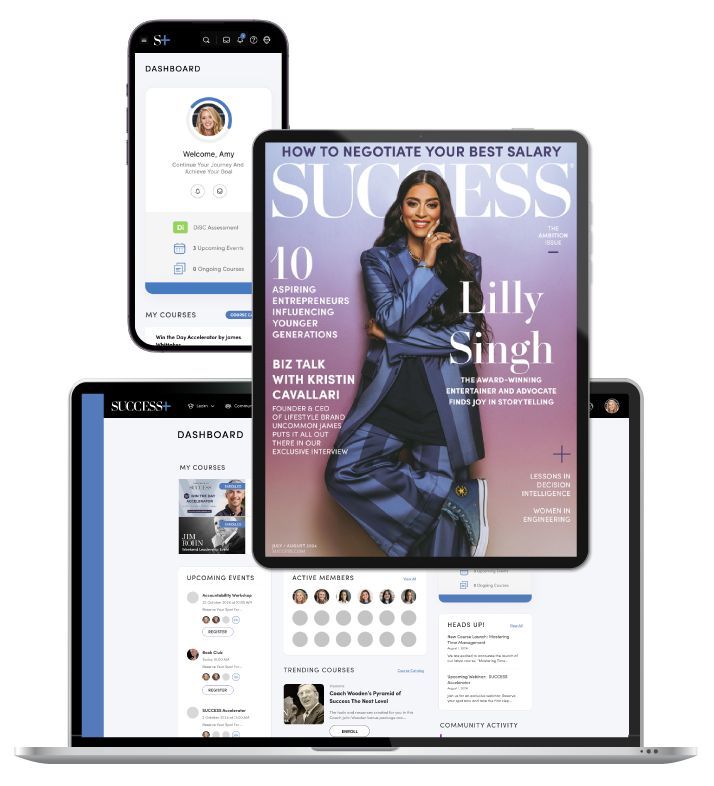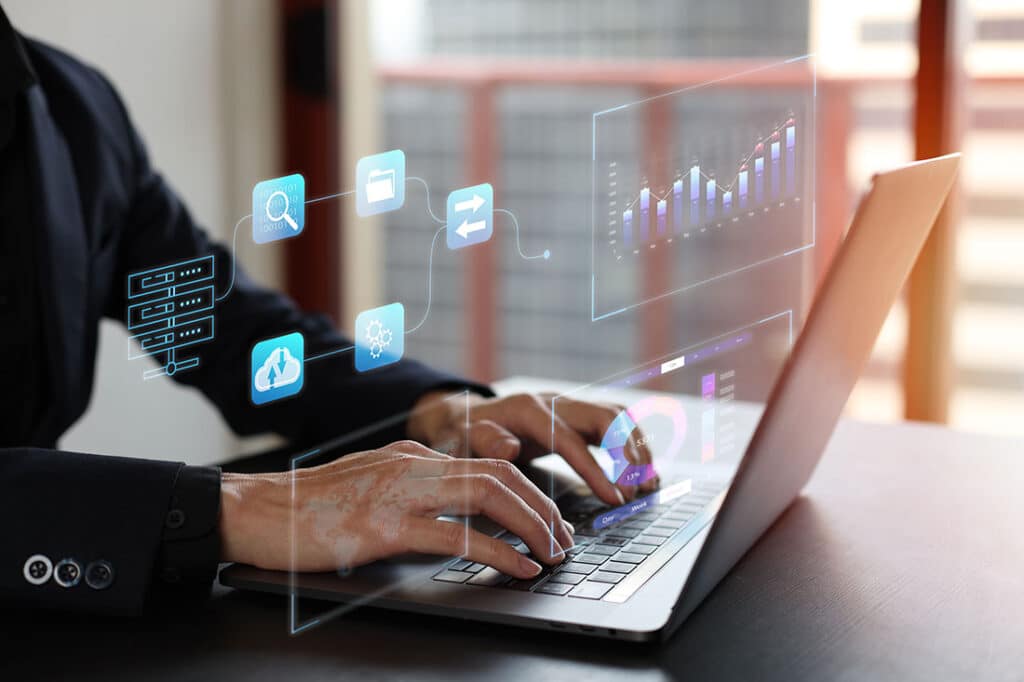The world of market research is undergoing a rapid transformation. Generative AI is giving marketers new ways to understand consumers, enabling faster, more cost-effective insights. When companies utilize AI-generated personas and digital twins, they can test new ideas and predict how customers might react, without waiting for costly surveys or focus groups.
Gen AI simulation tools are disrupting the $140B market research industry
According to a Harvard Business Review feature published this week, Gen AI–powered simulation tools are expected to disrupt the $140 billion market research industry in 2026, as a growing number of companies in the U.S. and worldwide begin investing in this cutting edge simulation technology.
The trio behind the piece, Jeremy Korst, Stefano Puntoni and Olivier Toubia, point to two AI technologies reshaping the field: synthetic personas and digital twins. Synthetic personas are essentially AI-created composites of customer groups designed to mirror common traits and preferences. Digital twins, meanwhile, are much more specific: virtual versions of real people, created from detailed survey responses, past interactions or behavioral data.
Why companies are turning to AI simulations for faster, data-driven decisions
These tools act as proxies for real customers, allowing companies to simulate responses without conducting traditional, time-consuming surveys or interviews. Synthetic personas provide insights at the group level, helping marketers understand trends and preferences across a segment. Digital twins offer a more granular view, modeling individual behaviors and allowing for nuanced testing of marketing messages, pricing strategies or product features.
The Harvard Business Review highlights two ways companies will increasingly use AI-generated personas. In the top-down approach, one AI-generated persona acts like a spokesperson for an entire customer group, giving a single answer for questions such as how much people might pay for a product.
The bottom-up approach works a bit differently: Instead of relying on one persona, it creates an entire virtual group of AI personas, each with its own characteristics and preferences, to reflect the natural differences you would see in a real customer group. This lets companies explore a range of possible reactions, just like they would if they were asking real people in a survey.
Companies across industries are already experimenting with synthetic personas and digital twins to gain a competitive edge. Analysts predict the global digital twin market could see annual growth of up to 45%, climbing from $13-$16 billion in 2023 to $138-$195 billion by 2030. In the fast-food sector, for example, chains can use AI-generated customer profiles to test new menu items, promotions or store layouts before rolling them out nationally, helping them predict what combinations will appeal to different customer segments.
Retailers are employing similar approaches to simulate shopping behaviors and optimize product placement, while streaming services use digital twins to forecast content preferences and engagement. Even financial institutions are exploring these tools to model client reactions to new investment products or digital services. By running these virtual experiments, companies can make data-driven decisions faster and with far less risk.
Predicting customer behavior with AI digital twins
Unlike AI personas, which represent groups, digital twins focus on real people. With enough information from purchases, surveys or online activity, a company can generate a virtual version of an individual that mirrors their behavior. These digital twins can then participate in virtual surveys, answer questions in simulated interviews or even take part in experiments, just as a real person would.
This allows companies to test ideas, predict reactions and personalize offers at the individual level, all without needing to involve the person directly. As the Harvard Business Review notes, this approach offers a new level of detail and flexibility, enabling businesses to make decisions more quickly while still capturing the diversity of real customer behavior.
This data, when combined with algorithms that predict future actions, allows businesses to anticipate choices with startling precision. But it also means that intimate details of an individual’s life are being used, often without their direct knowledge, to guide corporate decisions. Experts warn that the more granular the model, the greater the risk of privacy breaches, inadvertent bias or manipulative targeting, turning what seems like a useful tool into a potential ethical minefield.
AI applications are deployed 60% faster with digital twins
Digital twins aren’t just a futuristic idea; they’re already helping companies work smarter, according to McKinsey. According to a 2022 report published by the consultancy firm, businesses using these virtual models can get AI applications up and running 60% faster, slash capital and operating costs by around 15% and boost overall efficiency by about 10%.
These AI simulation tools are an exciting glimpse of the business world of tomorrow, where virtual replicas of people and processes guide marketing and sales decisions in near real-time. The rewards are obvious: speedier insights, custom-tailored experiences and strategies that hit the mark. The risks, however, are just as clear. As companies edge closer to wielding near-omniscient predictive powers, the tricky question remains: At what point does clever marketing slip into digital-age exploitation?
Photo by Smallroombigdream/Shutterstock











